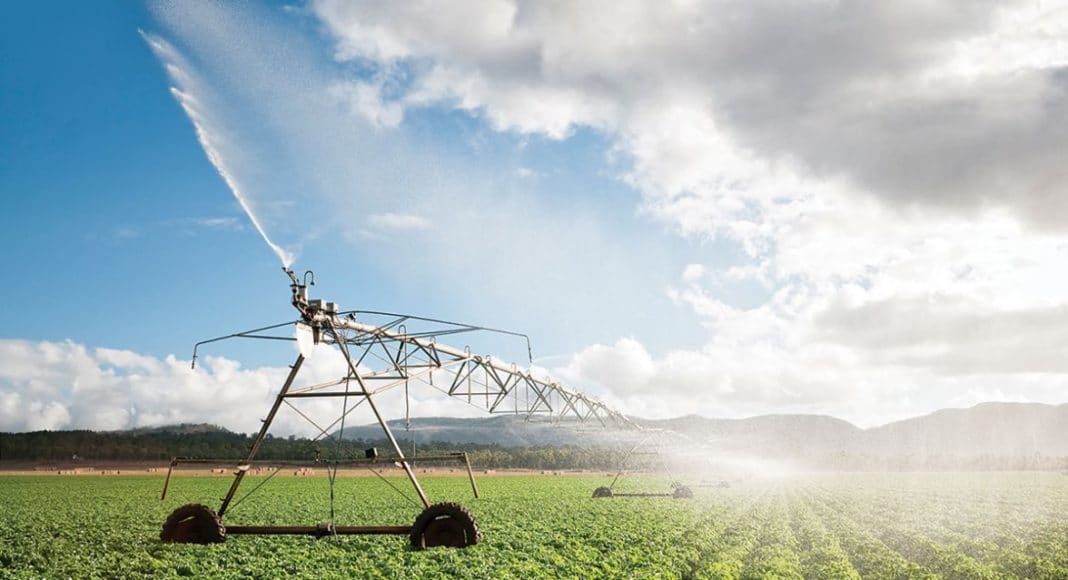10 years of experience as a food machinery equipment manufacturer
10 years of experience as a food machinery equipment manufacturer
Modern agriculture constantly seeks innovations that streamline operations, and potato cleaning machines represent a significant advancement. Unlike traditional manual cleaning methods, these automated systems address two critical pain points for farmers: excessive time consumption and unsustainable water usage.

Manual potato cleaning requires teams of workers scrubbing each tuber individually, a process taking up to 50 minutes per 100kg batch. Cleaning machines accomplish the same task in under 15 minutes. This efficiency stems from integrated systems where rotating brushes, adjustable pressure nozzles, and conveyor belts work simultaneously. One farmer in Idaho reported processing 2.5 tons hourly using a single machine – a volume that previously demanded eight laborers working full shifts.
The automation extends beyond cleaning to sorting and grading. Optical sensors detect defects while brushes remove clumped soil without damaging the skin. This consolidated workflow eliminates repetitive tasks and reduces staffing needs during harvest peaks.
Traditional cleaning consumes 300-400 liters per ton of potatoes through continuous rinsing. Modern machines incorporate three key water-saving features:
Field tests in the Netherlands demonstrated 65% less water consumption versus bucket-rinsing methods. For farms relying on well water or facing drought restrictions, these savings translate directly to cost reductions and environmental compliance.
Though time and water savings are paramount, secondary benefits enhance profitability:
The scalability accommodates diverse operations – compact models serve smallholdings processing 500kg daily, while industrial versions handle 20-ton loads. Most machines operate on standard farm electricity and require minimal maintenance beyond routine brush replacement.
Initial investment costs get offset within two growing seasons through resource savings. A French cooperative calculated recovery of machine expenses in 18 months based on:
The continuous operation capability proves invaluable during harvest windows when delays cause spoilage. Growers gain flexibility to respond to market demands without being bottlenecked by cleaning capacity.
Potato cleaning machines exemplify agricultural innovation where productivity and resource conservation align. By simultaneously addressing temporal and environmental pressures, these systems help farmers build resilient operations. As water scarcity concerns grow and labor availability fluctuates, such technology transitions from luxury to operational necessity for competitive farming enterprises.
